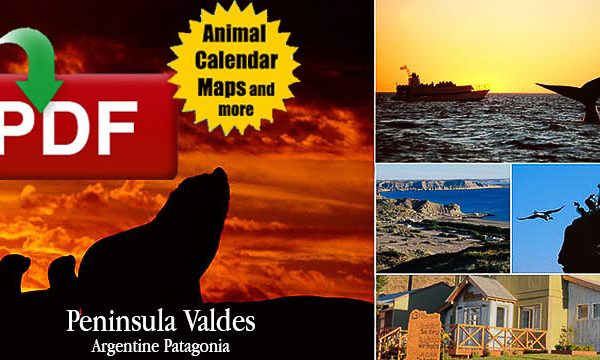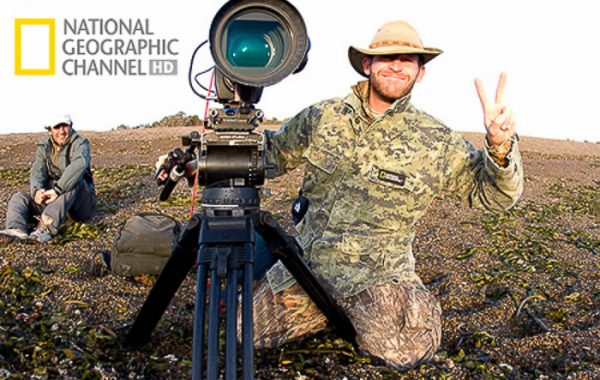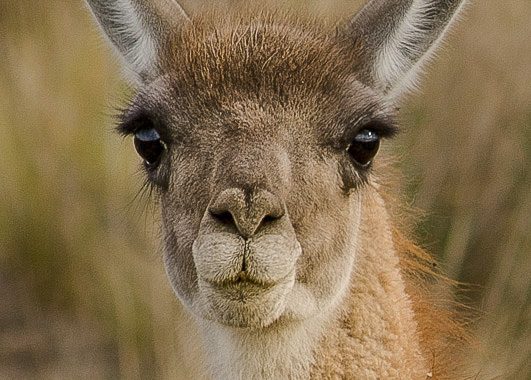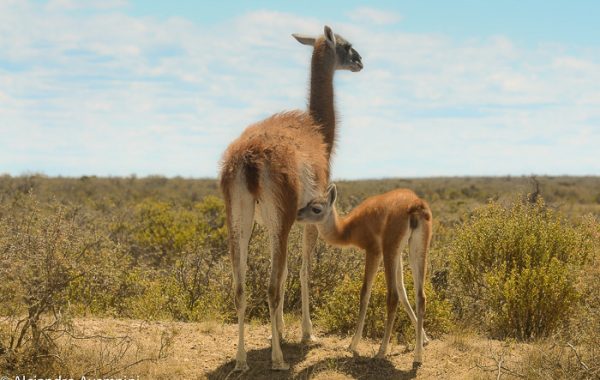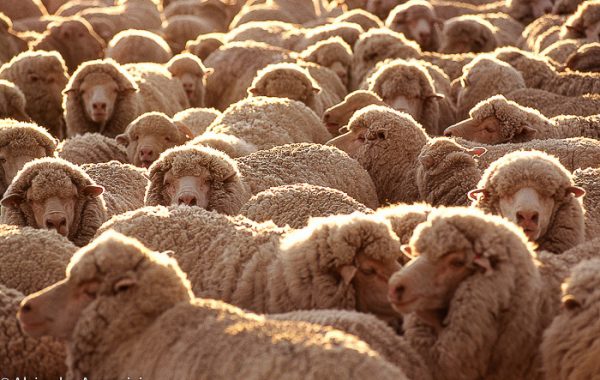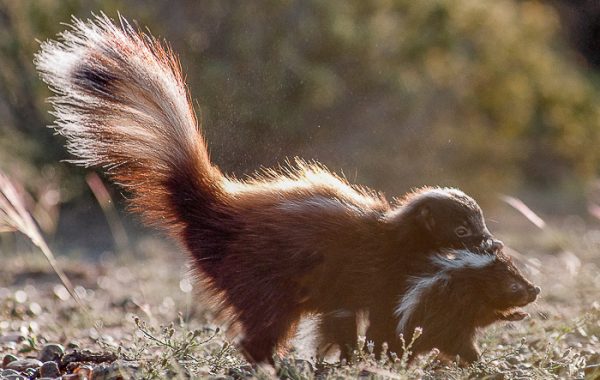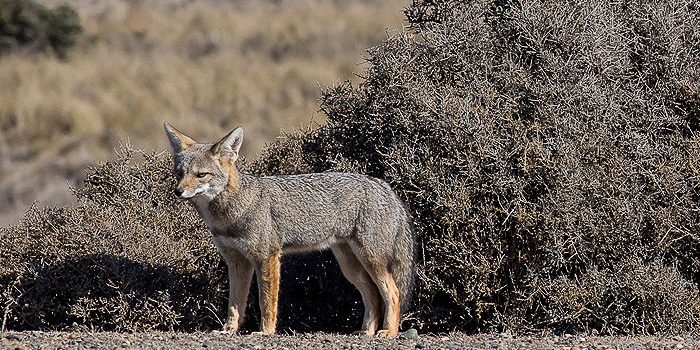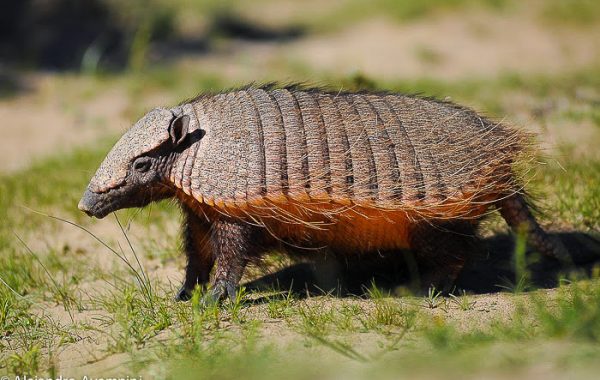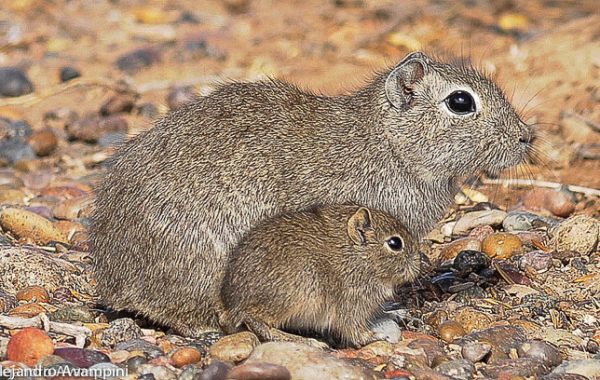Guides of Peninsula Valdes
Photographers in season of Whales and Orcas
The Guanaco, in Peninsula Valdes and Patagonia
The Guanacos (Lama guanicoe), are mammals, relatives of llamas belonging to the order of the camelids, they carry with humility the title of being the largest terrestrial vertebrates of Patagonia. This beautiful animal species was before the arrival of the white man, a fundamental ally for the survival of the indigenous people who inhabited Patagonia,
Read MoreChoique
The Choique is a Patagonian symbol. Source of inspiration for stories and legends, the rhea is so present in folklore as in all the paths in Patagonia. It is a large, herbivorous, flightless bird. They use their soft wings as stabilizers and are fast runners. It is one of the two “American ostriches”, but unlike
Read MoreGuanaco
The Guanacos (Lama guanicoe), are mammals, relatives of llamas belonging to the order of the camelids, they carry with humility the title of being the largest terrestrial vertebrates of Patagonia. This beautiful animal species was before the arrival of the white man, a fundamental ally for the survival of the indigenous people who inhabited Patagonia,
Read MoreSheep in Peninsula Valdes Argentine Patagonia
With the colonization and development of the zone, new animals arrived, one of them was the sheep that to be able to raise and commercialize them they used inventions such as wire fences, private property and their consequent parceling of lands. The guanaco was displaced by this strategy of production of sheep wool and came
Read MorePatagonian Skunk
There is an abundant population of Patagonian Skunks (Conepatus humboldtii) in the Valdes Peninsula and often they will be seen in areas of human activity. Such is the case in the area around Punta Delgada where they are easily observed. This species of skunk is not as social as others and is usually seen alone
Read MorePatagonian Grey Fox
Dwarf Armadillo
The Dwarf Armadillo (Zaedyus pichiy), from the same family as the Mulita and Hairy Armadillo (Xenarthra), spends most of its time with its nose to the ground searching for food. It has short hair and seven articulated bands to its protective shell that are mostly grey with slightly curved, beige edges. It has much less hair on
Read More





